Types Of Thyme Plants: Varieties Of Thyme For The Garden
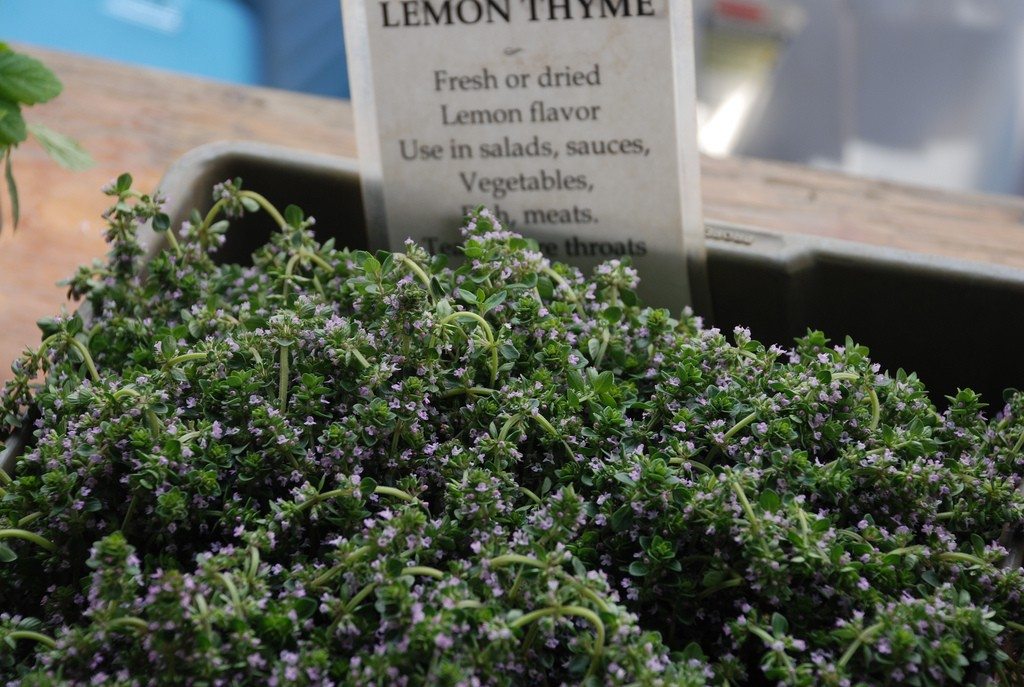
Any time is a good time to grow thyme. It's true. There are over 300 thyme varieties in the mint family of Lamiaceae, of which thyme is a member. All have been prized for centuries for their fragrance, flavor, and ornamental habit.
With this dizzying array of thyme varieties, there is a possible specimen for nearly every climate and landscape. Keep reading about the types of thyme plants you can grow.
How to Care for Different Types of Thyme
Most thyme varieties are hardy in USDA zones 5 to 9 but tend to dislike hot, humid summers or overly wet conditions. Also, most varieties of thyme prefer full sun and well-drained soil. With a little research and even with adverse conditions, however, there are sure to be various types of thyme plants that are suitable for growth in those areas.
Avoid fertilizing thyme varieties as they tend to become leggy and weak. Types of thyme plants cultivated for culinary use should be replaced every three years or so to prevent woody stems and promote the desirable tender leaf production.
Most varieties of thyme are susceptible to overwatering, and many varieties of thyme tolerate or even thrive amid moderate to severe pruning.
All varieties of thyme are easy to propagate via cuttings, division, and seed and with their low growing habit--less than 15 inches (38 cm.) tall, this semi-evergreen is appropriate for groundcover or for growing in an herb garden, window box, or pots.
Many thyme varieties have a lovely spreading habit and will also look wonderful peeking between pavers or stones in a patio or walkway or in a rocky wall while being tolerant of foot traffic. Others have a more upright growth pattern and do well as stand-alone specimens in the garden or in pots, either alone or mixed with other plants or herbs.
Gardening tips, videos, info and more delivered right to your inbox!
Sign up for the Gardening Know How newsletter today and receive a free copy of our e-book "How to Grow Delicious Tomatoes".
Uses for Different Types of Thyme
Highly aromatic with tiny leaves and tubular-shaped flowers forming in dense groups, all different types of thyme are attractive to bees; and the honey made from bees who dine on thyme blooms rivals that of the finest lavender honey.
Of course, thyme varieties are sought for cooking and used classically in “bouquet garni” in stews, soups, meat, fish, compound butter, eggs, dressings, and vegetable dishes.
Thyme pairs exquisitely with lemon, garlic, and basil and can be used either fresh or dried in any of the above or put sprigs in oil or vinegar to infuse the flavor.
The essential oils of many varieties of thyme plants are used in colognes, soaps, lotions, and even candles. Dried thyme is lovely in sachets. Thyme leaves may be harvested either before or after blooming and is one of the few herbs where using dried or fresh seems to matter little in the flavoring of foods. However, it is slow to release its oils, so add it earlier in the cooking process.
Types of Thyme Plants
While there are a plethora of thyme varieties, here is a list of some of the most common:
- Common thyme (T. vulgaris) - Common thyme has a prostrate form with yellow and variegated foliage available; used in cooking.
- Lemon thyme (T. x. citriodorus) - Lemon thyme has an upright form with golden and variegated silver foliage available; strong lemon scent.
- Woolly thyme (T. pseudolanuginosus) - Woolly thyme has a prostrate form with pubescent stems and leaves appear gray in color; good for rock gardens.
- Creeping thyme (T. praecox) - Creeping thyme, sometimes called mother-of-thyme, is mat-forming, grows only 2 to 3 inches (5-8 cm.) tall with mauve, white, and crimson flowering cultivars available.
- Wild thyme (T. serpyllum) - Wild thyme has prostrate and upright forms, cultivars provide flower colors ranging from red to purple, foliage can be green, gold, or variegated.
- Elfin thyme (T. serpyllum 'Elfin') - Elfin thyme is a creeping variety no more than 1 to 2 inches (2.5-5 cm.) high with fragrant leaves and tiny purple or pink flowers, good for rock gardens and in between pavers or bricks.
The list goes on: Red Compact, Lime thyme, Lemon Frost thyme, Pennsylvania Dutch Tea thyme (yes, good for tea), Orange Balsam thyme, Caraway thyme (redolent of caraway), Pink Chintz, or Reiter Creeping thyme. Go to your local nursery and inquire what thyme varieties are recommended in your area, then play around with their texture and growth habit to create interesting niches in your home garden.

Amy Grant has been gardening for 30 years and writing for 15. A professional chef and caterer, Amy's area of expertise is culinary gardening.
-
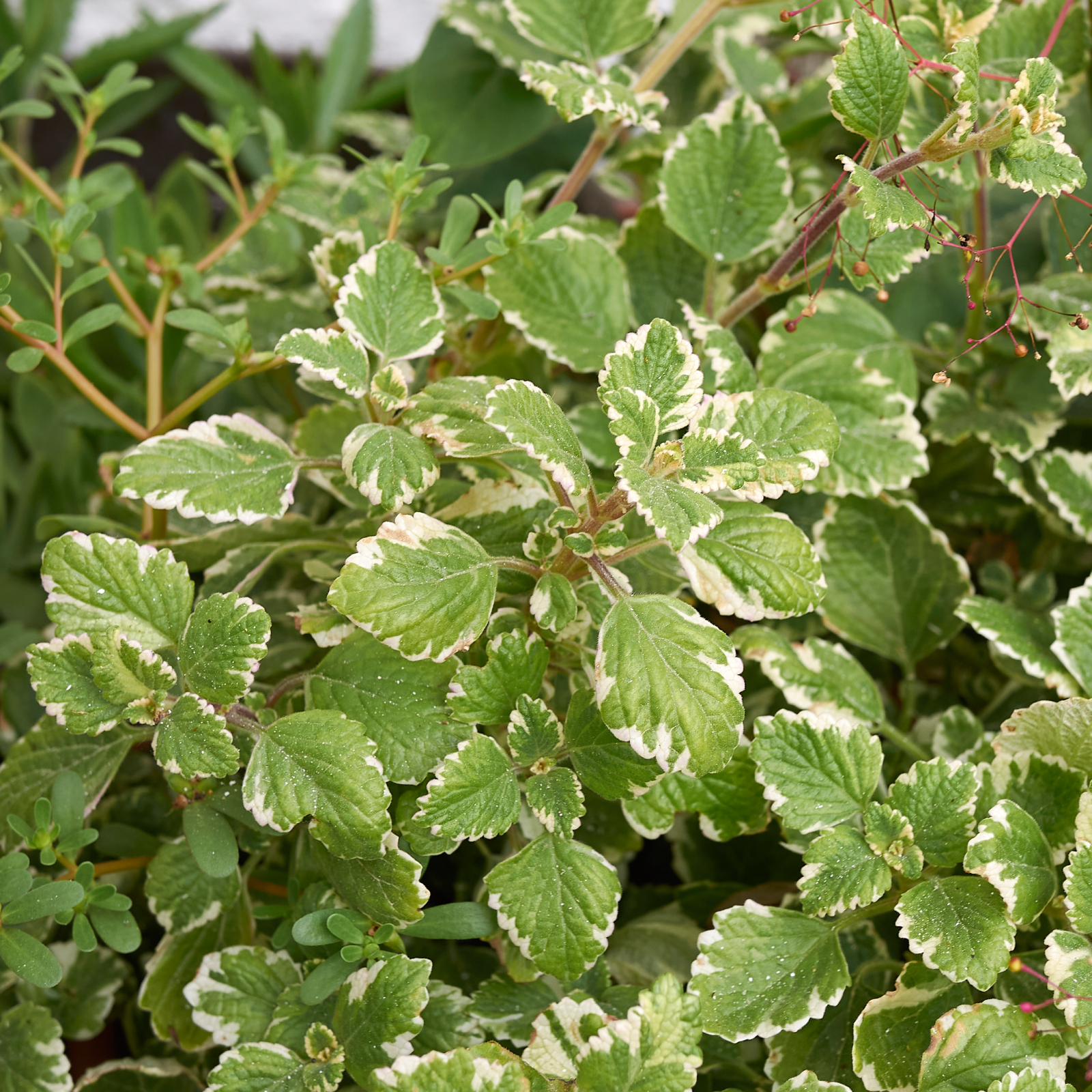 Which Ivy Is Best For A Garden? 7 Varieties Of Ivy To Grow (And 2 To Avoid)
Which Ivy Is Best For A Garden? 7 Varieties Of Ivy To Grow (And 2 To Avoid)Lots of varieties of ivy can complement your garden, provide groundcover, or create a private oasis, but which is best? Explore our top picks for beautiful ivy.
-
 Do Deer Eat Peonies? How To Keep Them Away And Save Your Gorgeous Blooms
Do Deer Eat Peonies? How To Keep Them Away And Save Your Gorgeous BloomsPeonies are not usually favored by deer, but sometimes they go after the young shoots of the plants anyways. Learn how to keep deer away from beautiful blooms.
-
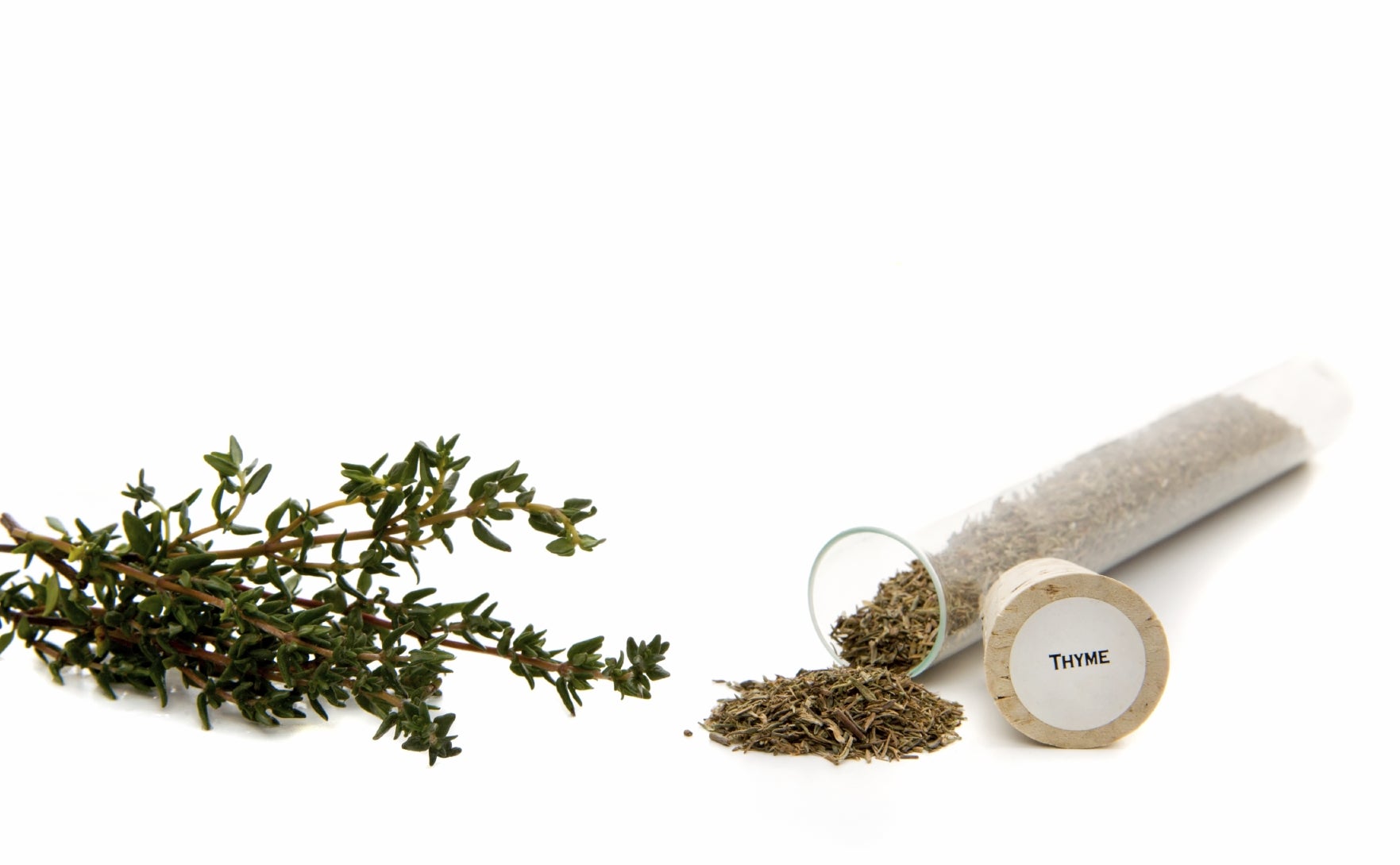 Propagating Thyme Plants: Thyme Seed Planting And Rooting Thyme Plants
Propagating Thyme Plants: Thyme Seed Planting And Rooting Thyme PlantsThyme is an herb steeped in history with a wide range of uses, not the least of which is culinary. With such a plethora of applications, it is a "must have" for the herb garden. So then, how to propagate thyme you ask? Find out here.
-
 Growing Woolly Thyme: Information On Woolly Thyme Ground Cover
Growing Woolly Thyme: Information On Woolly Thyme Ground CoverThere are plants you just want to touch and woolly thyme plants are just one of them. Growing and caring for this herb plant is easy. Read this article for information on how to grow woolly thyme.
-
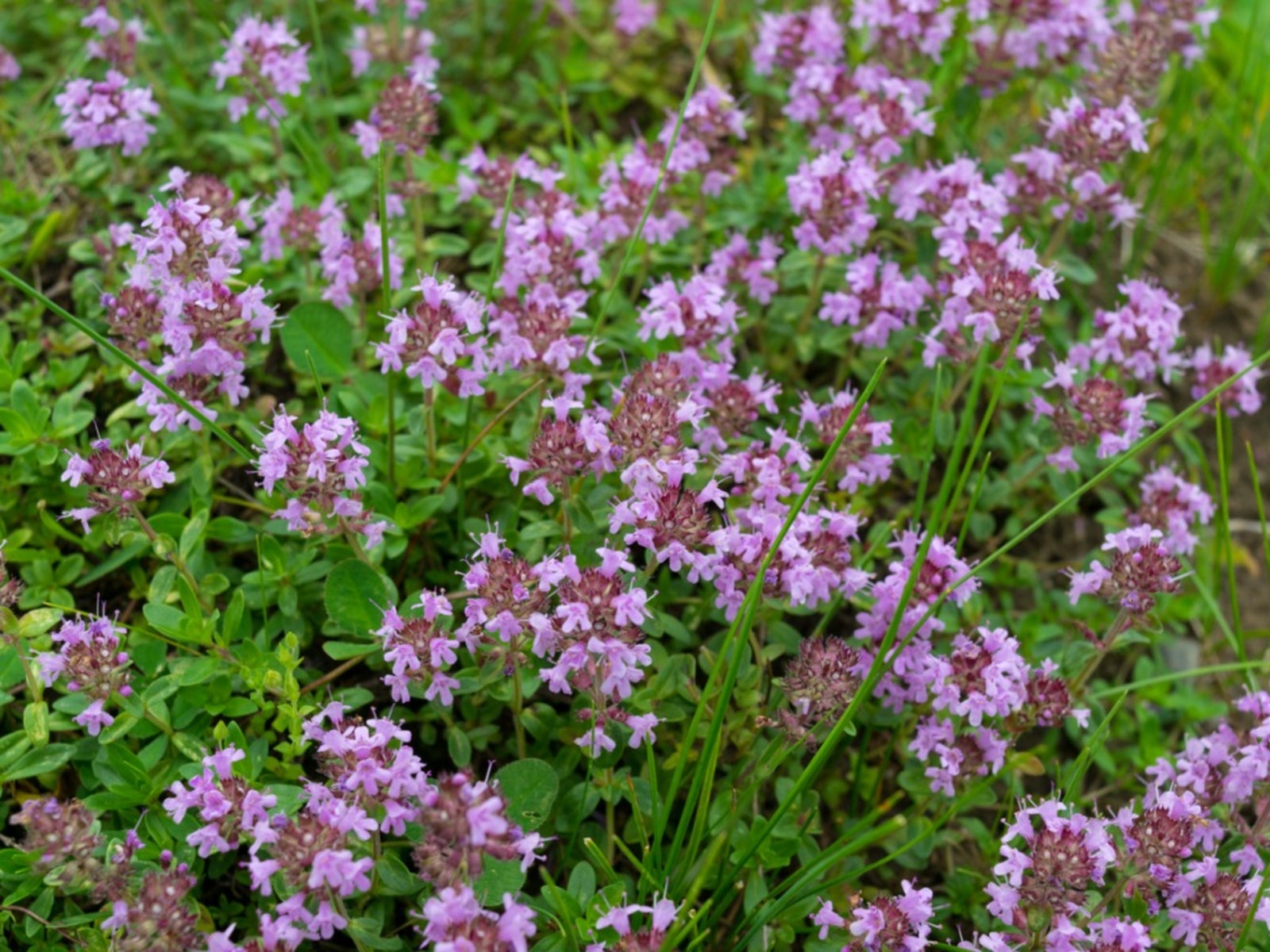 What Is Elfin Thyme: Information On Elfin Creeping Thyme Plant
What Is Elfin Thyme: Information On Elfin Creeping Thyme PlantElfin creeping thyme plant is as cherubic as its name implies with small glossy, green aromatic leaves and teeny weensy purple or pink blossoms. Read here for information on elfin thyme care.
-
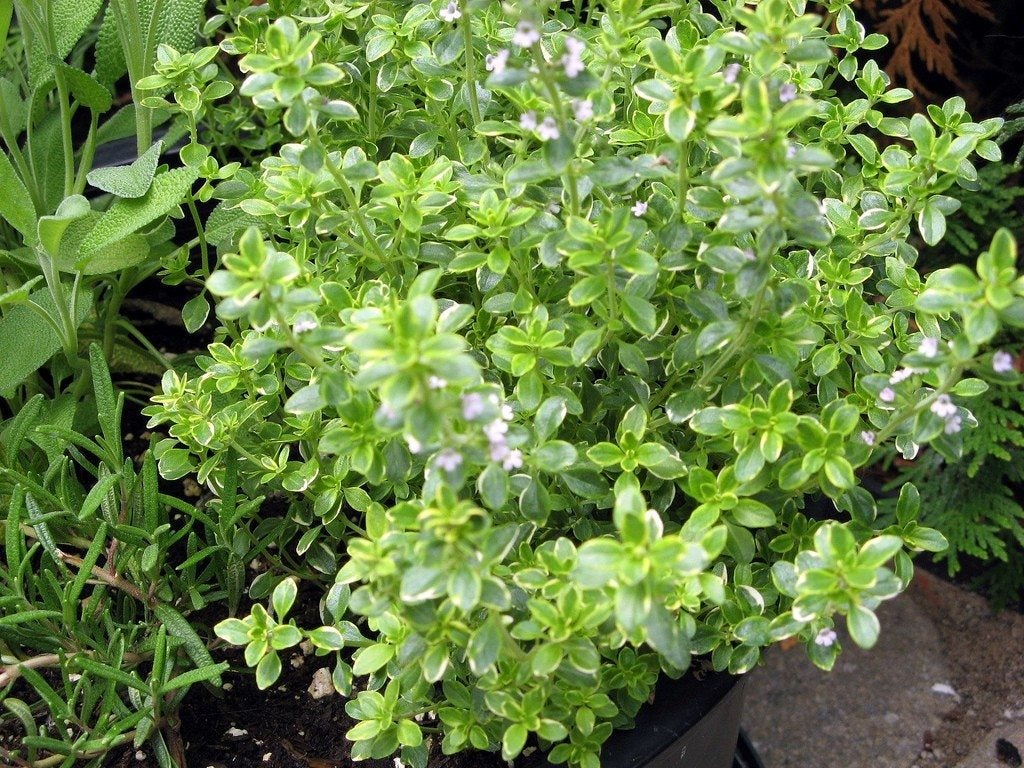 Lemon Thyme Herbs: How To Grow Lemon Thyme Plants
Lemon Thyme Herbs: How To Grow Lemon Thyme PlantsLemon thyme plants are a lovely addition to an herb garden, rock garden or border or as container plants. Grown not only for its culinary uses but for its attractive foliage, lemon thyme info can be found here.
-
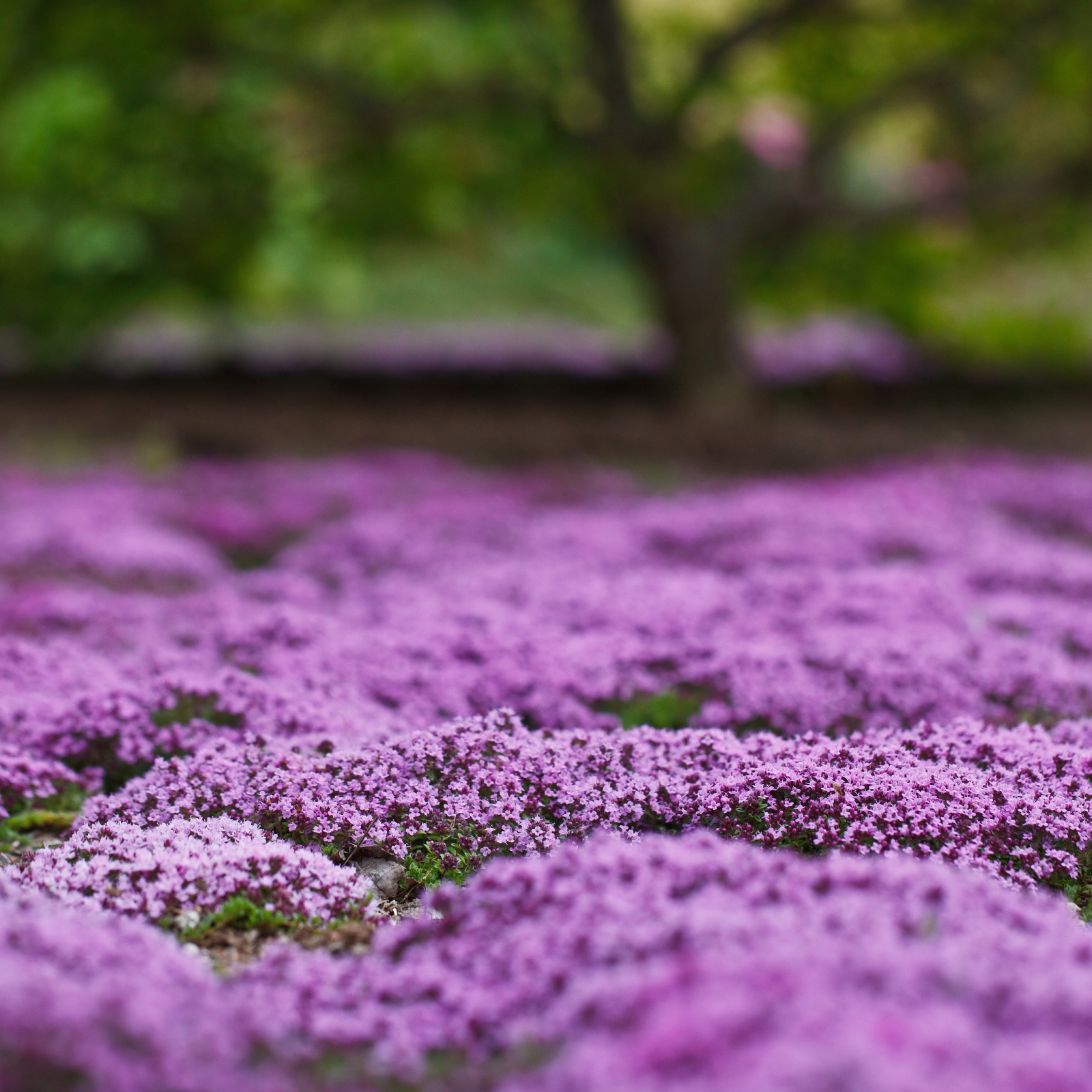 Creeping Thyme Growing Guide – Everything You Need To Know
Creeping Thyme Growing Guide – Everything You Need To KnowCreeping thyme makes a pretty and fragrant ground cover carpet, as well as a great spiller in pots. It likes a little grit in the soil and is easy to grow.
-
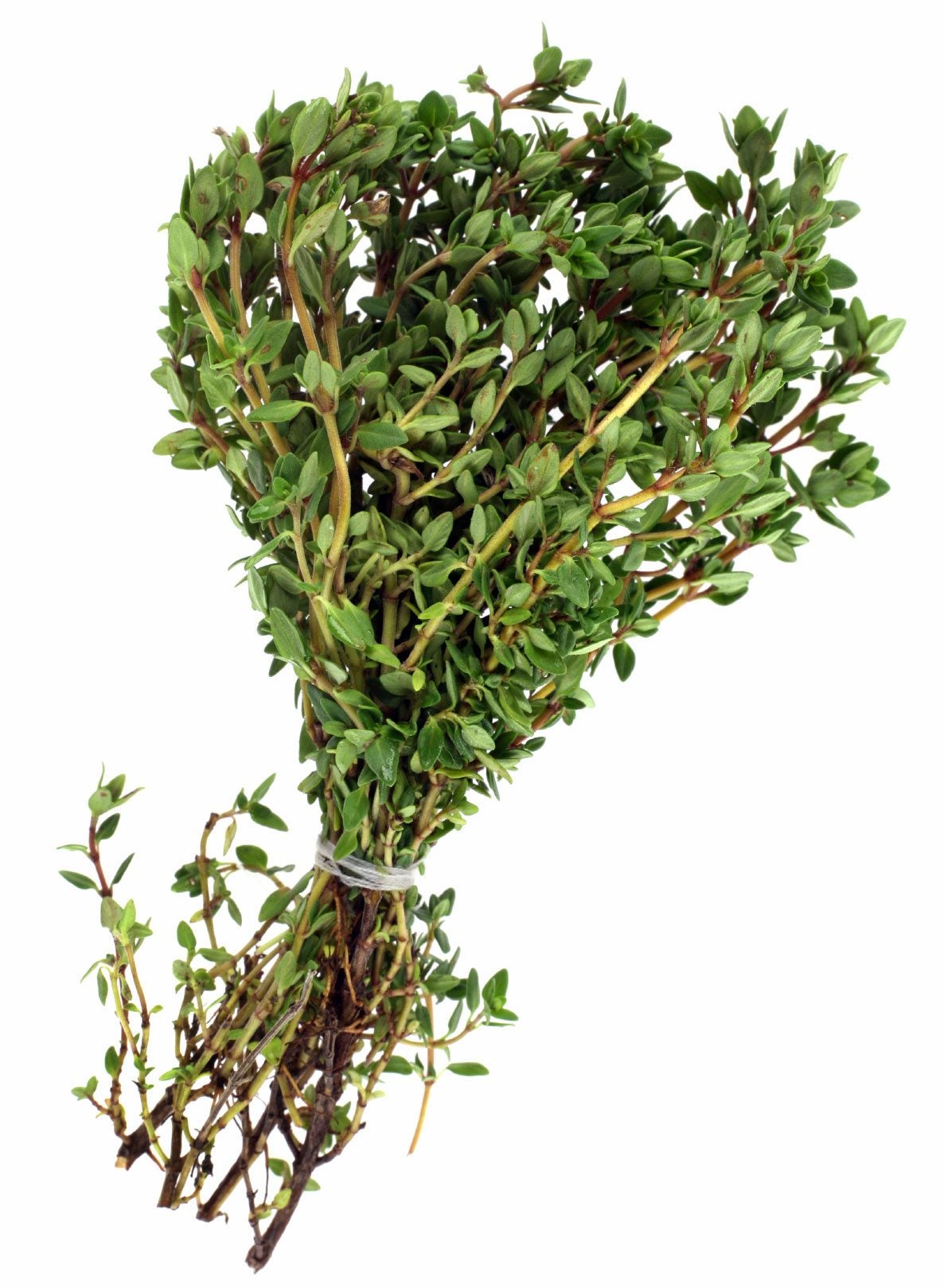 Storing Thyme - Drying Fresh Thyme After Harvesting
Storing Thyme - Drying Fresh Thyme After HarvestingThyme is one of the most versatile herbs, with various cultivars and flavors. Knowing how to dry thyme can help you preserve the delightful scent and flavor of this herb for easy home use. Click here for more.
-
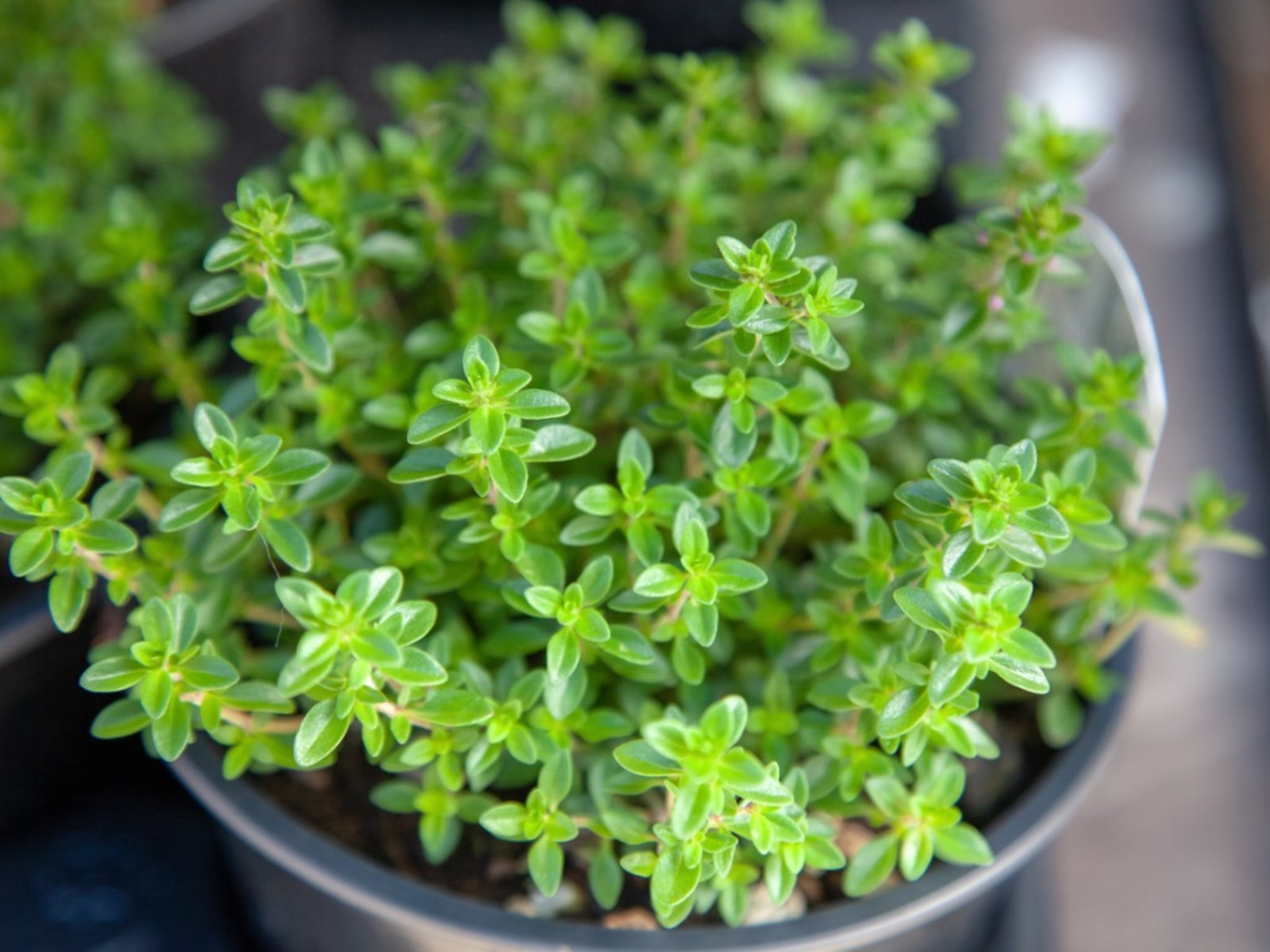 Growing Thyme Indoors: How To Grow Thyme Indoors
Growing Thyme Indoors: How To Grow Thyme IndoorsWhat could be better than having the scents and flavors near to hand in the kitchen? Thyme is a useful herb that can be used in a variety of ways. Growing thyme indoors is easy, and this article will help.
-
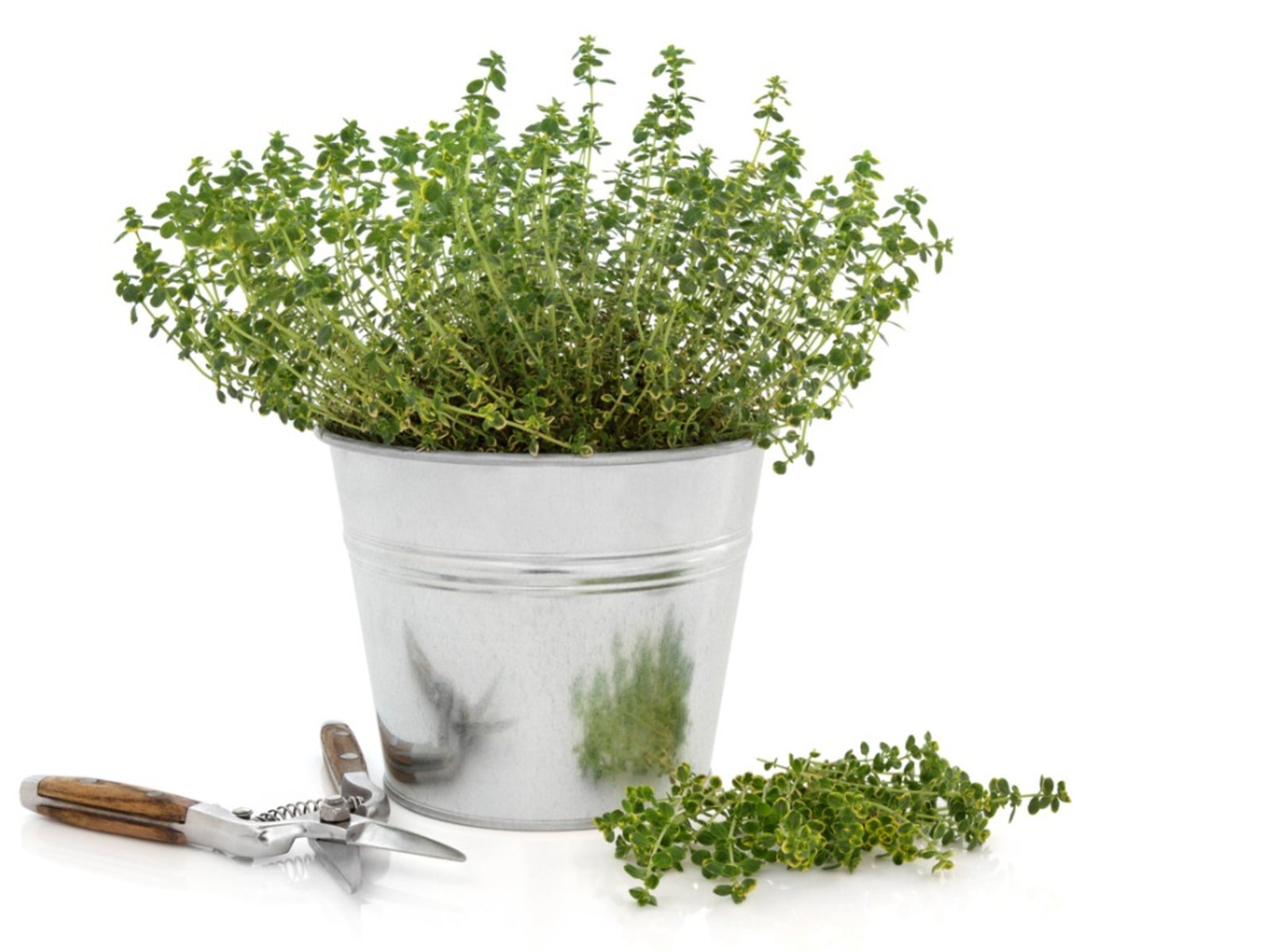 Tips For Pruning Thyme Plants For Best Growth
Tips For Pruning Thyme Plants For Best GrowthThyme plants do best when they are pruned regularly. Taking the time to trim thyme, not only creates a nicer looking plant, but also helps improve the amount you can harvest from the plant. Learn more here.